
Python globals()
The globals() method returns the dictionary of the current global symbol table. A symbol table is a data structure maintained by a compiler which contains […]

The globals() method returns the dictionary of the current global symbol table. A symbol table is a data structure maintained by a compiler which contains […]
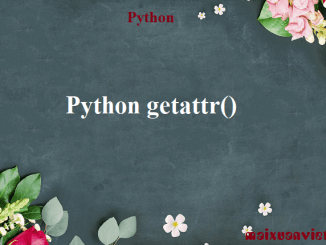
In this tutorial, we will learn about the Python getattr() method with the help of examples. The getattr() method returns the value of the named attribute of […]
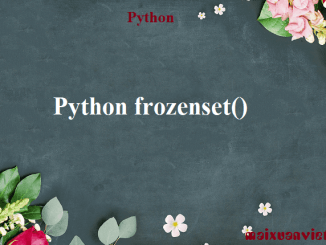
The frozenset() function returns an immutable frozenset object initialized with elements from the given iterable. Frozen set is just an immutable version of a Python set object. […]
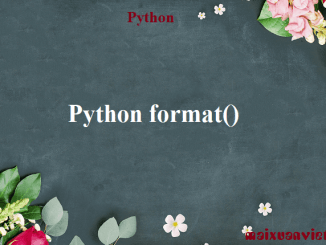
The built-in format() method returns a formatted representation of the given value controlled by the format specifier. The format() function is similar to the String format method. Internally, both […]
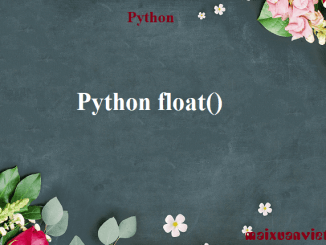
In this tutorial, we will learn about the Python float() method with the help of examples. The float() method returns a floating point number from a number […]
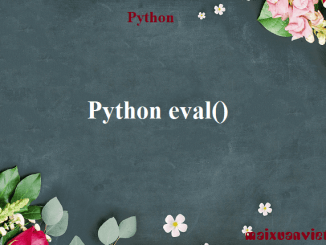
In this tutorial, we will learn about the Python eval() method with the help of examples. The eval() method parses the expression passed to this method and […]
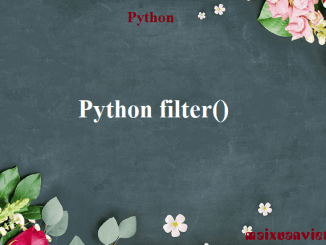
In this tutorial, we will learn about the Python filter() function with the help of examples. The filter() function extracts elements from an iterable (list, tuple etc.) […]
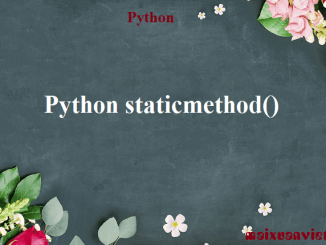
In this tutorial, we will learn about the Python staticmethod() with the help of examples. The staticmethod() built-in function returns a static method for a given function. […]
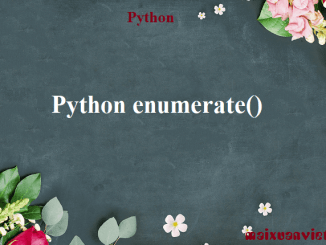
In this tutorial, we will learn about the Python enumerate() method with the help of examples. The enumerate() method adds a counter to an iterable and returns […]
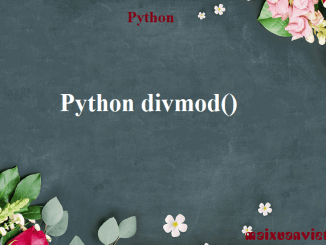
The divmod() method takes two numbers and returns a pair of numbers (a tuple) consisting of their quotient and remainder. The syntax of divmod() is: 1. divmod() […]
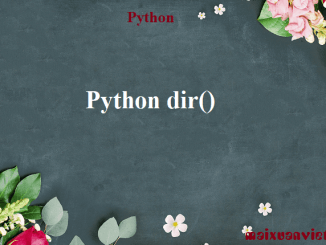
The dir() method tries to return a list of valid attributes of the object. The syntax of dir() is: 1. dir() Parameters dir() takes maximum of one object. […]
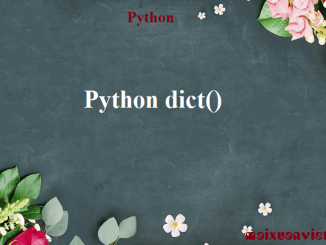
The dict() constructor creates a dictionary in Python. Different forms of dict() constructors are: Note: **kwarg let you take an arbitrary number of keyword arguments. A keyword argument is […]
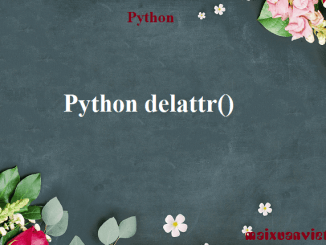
The delattr() deletes an attribute from the object (if the object allows it). The syntax of delattr() is: 1. delattr() Parameters delattr() takes two parameters: object – the object […]
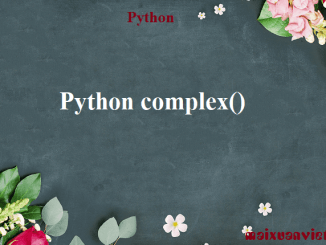
The complex() method returns a complex number when real and imaginary parts are provided, or it converts a string to a complex number. The syntax […]

In this tutorial, we will learn about the Python classmethod() function with the help of examples. The classmethod() method returns a class method for the given function. […]
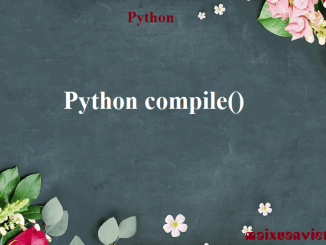
The compile() method returns a Python code object from the source (normal string, a byte string, or an AST object). The syntax of compile() is: compile() method is […]
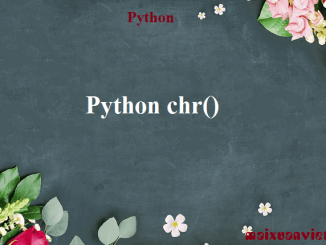
The chr() method returns a character (a string) from an integer (represents unicode code point of the character). The syntax of chr() is: 1. chr() Parameters chr() method […]
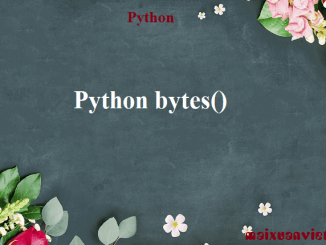
In this tutorial, we will learn about the Python bytes() method with the help of examples. The bytes() method returns an immutable bytes object initialized with the […]
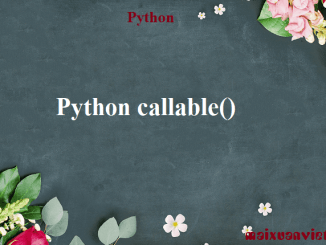
The callable() method returns True if the object passed appears callable. If not, it returns False. The syntax of callable() is: 1. callable() Parameters callable() method takes a […]
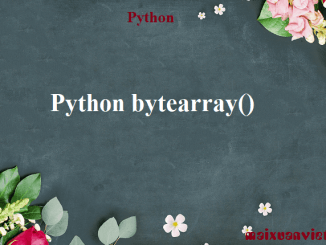
In this tutorial, we will learn about the Python bytearray() method with the help of examples. The bytearray() method returns a bytearray object which is an array […]
